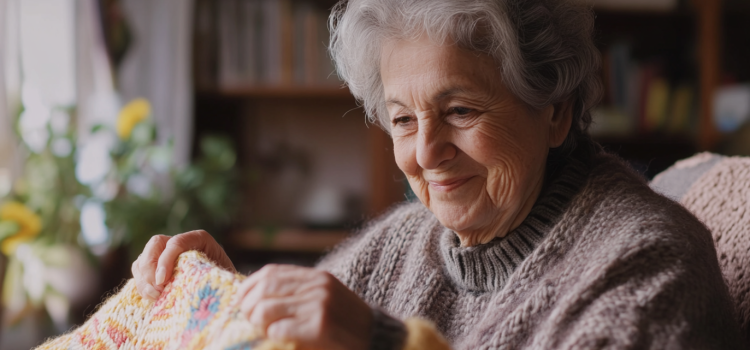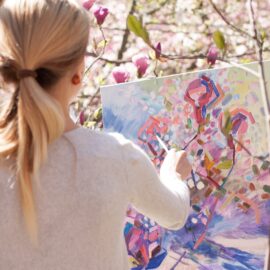
When is it time to stop pursuing your creative interests? How does creativity affect your brain?
Creative work isn’t something you can rush. According to Questlove in his book Creative Quest, creativity is a lifelong journey that requires you to keep showing up.
Here’s why you should never give up on your creative passions.
View Creativity as a Journey
In his book, Questlove writes that making creative work takes time and patience, so he suggests you view creativity as a lifelong journey. He argues that creators must work regularly on their craft, even when they don’t feel inspired. Some days you’ll feel excited to create, while on other days it might feel like a chore. Both types of days are normal and necessary. The key to lifelong creativity is to keep showing up and doing the work, knowing that mastery develops over time.
(Shortform note: Sometimes, willpower alone isn’t enough to stay committed to your creative work. If you need a little motivation, consider tracking your progress with a calendar and a notebook. In Steal Like an Artist, Austin Kleon suggests marking each day you create with an X on your calendar—the growing chain of X’s becomes a motivator to keep your creative streak alive. He also recommends keeping a notebook to jot down insights and key moments of your daily creative journey. Over time, these daily records become concrete proof of your commitment to your craft, allowing you to look back and see how far you’ve come, which can be encouraging on days when progress feels slow.)
Questlove urges you to continue doing creative activities as you grow older because creative activities keep your brain sharp. Some people stop being creative because they think they’re too old or find it harder to do things they used to do, but giving up creative activities makes doing things harder.
To maintain your creativity as you age, Questlove suggests two strategies:
First, spend time with younger people and learn about new trends—attend their concerts, look at their art, or join their book clubs. This exposure to fresh perspectives keeps your mind open to new ideas.
Second, adapt your creative routine to match your current abilities. If age-related changes make your usual creative routine difficult—for example, if your hands aren’t as steady for painting—adapt by using larger brushes or trying digital art.
| Additional Benefits to Practicing Creativity as You Age According to research, creative activities don’t just keep your mind sharp—they may even help you live longer. You don’t even have to do what we traditionally think of as creative activities. Simple activities like gardening, cooking, or helping friends solve problems all count as creative pursuits, so long as you’re making unexpected connections and seeing common things in new ways. Even small changes to your routine, like working at different times of day or letting your mind wander, can spark creative thinking. Additionally, while some abilities may decline with age, creative abilities can actually improve—researchers find that your accumulated knowledge and life experience give you better pattern recognition and intuition. This allows you to approach creative activities with more depth and insight, making your creative practice richer and more meaningful as you adapt it over time. This supports Questlove’s point that you shouldn’t let age stop you from being creative. Instead, use your accumulated wisdom to fuel new forms of expression and find ways to adapt your creative practices to work with, not against, your changing abilities. |






